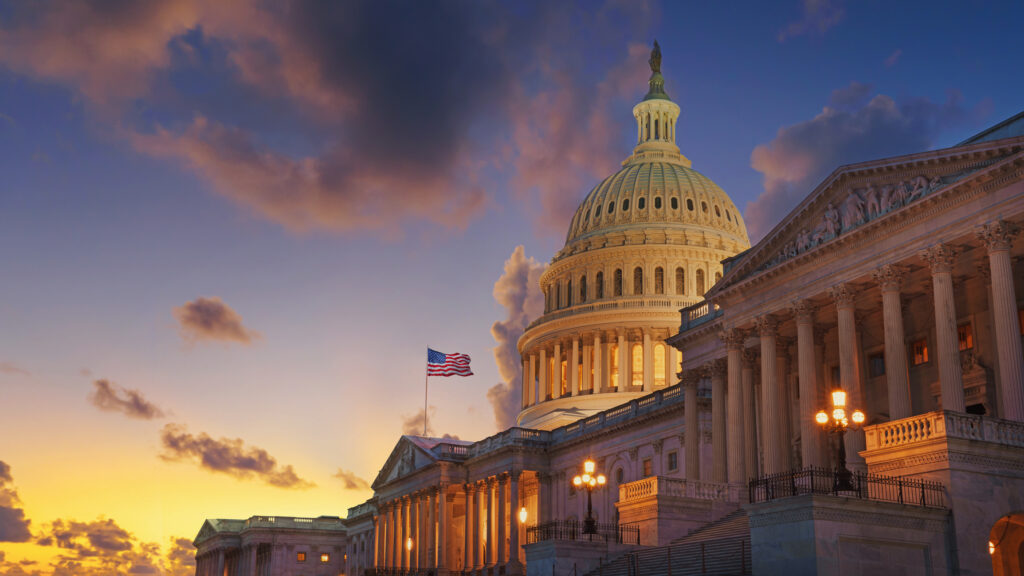The share of federal energy subsidies received by renewable electricity production is far greater than its market share would justify, according to a study by the Government Accountability Office (GAO).
Moreover, most subsidies even for fossil fuel energy production are directed to “alternative energy” programs that benefit fossil fuel replacement technologies or are aimed at environmental goals rather than electricity production, GAO reported.
Power Production by Sector
According to the GAO report, coal accounts for 50 percent of the nation’s electricity production; natural gas, 19 percent; nuclear, 19 percent; hydropower, 8 percent; oil, 3 percent; renewables, 2 percent; and other minor sources, the remaining 1 percent.
Fossil fuels cumulatively account for 72 percent of electricity production. The numbers do not add up to 100 percent due to GAO rounding of the numbers.
Production Subsidies
According to the report, renewable power receives 15 percent of federal subsidies for electricity production, although it accounts for only 3 percent of national electricity production.
Most subsidies for fossil fuel power production are directed to alternative fuel production credits, which are primarily awarded for the production of synthetic fuels from coal or natural gas, and provide few if any benefits to conventional coal power.
R&D Subsidies
In addition to the direct government support, renewable power receives 12 percent of research and development subsidies for energy production, with solar and wind power receiving most.
Fossil fuels receive 27 percent of federal government research and development expenditures, but most of those subsidies fund R&D for projects aimed at carbon dioxide reduction and other environmental goals rather than electricity production.
Renewable Advocates Refuted
The GAO report, released October 26, directly contradicts assertions by renewable power advocates who claim fossil fuels receive disproportionately favorable federal subsidies.
“GAO is to be complimented for finally exposing the folly of excessive subsidies to the renewable energy industry,” said Jay Lehr, science director for The Heartland Institute. “Wind, solar, and biofuels have been around and in use for nearly a century, and if renewable power could have been made economically feasible for large-scale use, entrepreneurs and industries would already have created a successful renewable power industry.”
“It would be bad enough if these heavy subsidies were simply inefficient,” observed Tom Tanton, vice president of the Institute for Energy Research. “Worse, the subsidies to renewables are actually counterproductive.
“Originally intended to spur innovation and bring these ‘infant’ technologies to market,” Tanton explained, “the subsidies are so fat–actually morbidly obese–that any incentive to innovate has long gone.
“When the government is paying upwards of 65 percent of your operating costs, it is hardly worthwhile to look for 2 or 3 percent gains on margin from improved efficiency or technology,” said Tanton. “By propping up inefficient and ineffective producers, at the expense of both consumers and the few efficient producers, innovation is stifled rather than encouraged.”
“The laws of physics are what make renewable energy noncompetitive,” Lehr said. “Renewable power is energy-intensive, materials-intensive, and most of all, space-intensive.
“The prodding of clever marketing voices in the employ of the renewable energy industry appears to make these widespread poor decisions seem wise to politicians and even the public,” Lehr noted, “when in fact they are wasting very valuable human and economic resources.”
James M. Taylor ([email protected]) is a Heartland Institute senior fellow and managing editor of Environment & Climate News.




